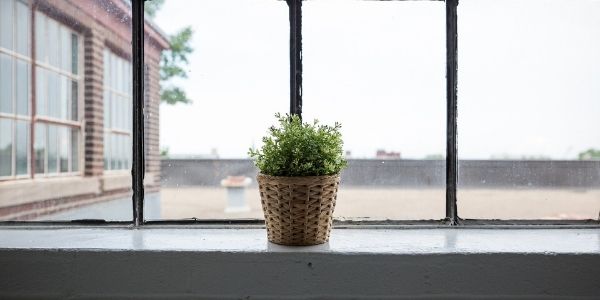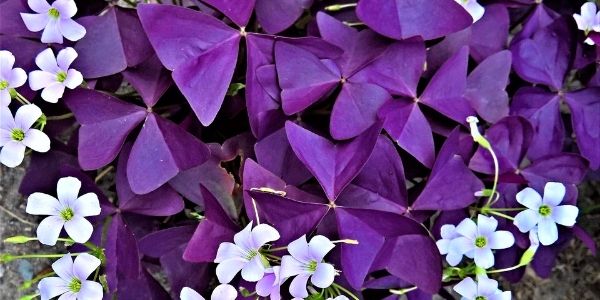A few months ago I stayed in a hotel and the décor included a colossal number of plants – in the reception area, the lobby, the hallways, and the rooms. The plants were completely flawless – but they were artificial! There does seem to be a trend in this direction and I suppose it’s just a matter of time until outdoor décor will include artificial plants as well.
However, the reason to surround yourself with living plants is not only to maintain a connection with the natural world but for the beneficial effects of caring for them. Bringing plants into our homes and workspaces can be the perfect antidote to stress and anxiety, allowing us to nurture these living things and, in turn, ourselves.
It slowly dawned on me that, when it comes to growing indoor plants, ironically enough, you would be better off living high up in an urban apartment tower than in a suburban house surrounded by trees. The reason, of course, is the difference in the amount of light streaming through your windows. I

In a tall tower, there are no obstructions to the sun other than blinds or curtains, which you can open or close, and to varying degrees, regulating the amount of light streaming through. If you want unobstructed sunlight or something less, it’s your choice to make. In a house, however, particularly in a neighborhood with mature trees and tall hedges, where the light that enters through windows is often scarce, it may be a real challenge to grow plants indoors unless they are positioned within a foot or two of windows basking in bright light.
Light is the most important variable where growing indoor plants is concerned. They offer two easy ways to measure it.
I recommend trying a light meter app which you can download straight to your smartphone and will suffice for most indoor gardeners. I checked and found several light meter apps that you can download at no charge or for a very low cost.
Another way to measure light availability is the shadow test, which requires nothing more than a piece of paper. On a sunny day place the piece of paper in the spot you would like to position your plant. Hold your hand around twelve inches above the paper to reveal a shadow. A dark, clearly defined shadow with clean edges suggests bright light. . . a fuzzier shadow where you can still make out the shape of your hand . . . would be medium light. If the shape of the hand is very poorly defined, you’re looking at a low light situation.
I would be cautious against taking on too many plants at once. I think being surrounded by houseplants is a healthy thing but only if you can manage to give them the care they need. You don’t want it to become a chore.
I’ve killed more than my fair share of indoor plants; it’s all about learning and adapting to find what makes each individual plant happy.
Tropical cacti prefer humid surroundings and are well suited to steamy bathrooms and kitchens that enjoy bright, but indirect, light.

One of these is known as mistletoe cactus (Rhipsalis baccifera) on account of its tree canopy habitat. The difference is that true mistletoe – the kind you see locally on sycamore, birch, ash, poplar, and oak trees – is a parasite, rooting into tree branches, while mistletoe cactus is an epiphyte, rooting in debris that settles in the crotches of tropical tree limbs.

Mistletoe cactus consists of nothing but skinny, pendulous stems that, in the tropics, may reach thirty feet in length. Rhipsalis is the only cactus genus with species found outside the Western hemisphere, in Africa and Sri Lanka.
Tree fern cactus (Selenicereus chrysocardium) is an epiphyte that will remind you of sword fern or Boston fern except the lobes of tree fern cactus leaves are considerably larger with wider gaps between them.
Purple shamrock (Oxalis triangularis/regnellii) is the plant a no shade garden should not be without. Outdoors, its large, triangular, deep violet foliage is nearly always visible, except for a brief annual dormancy period. Indoors, it experiences dormancy once every 2-7 years.

Flowers are pale mauve. Once you plant purple shamrock, you will have it forever, since it propagates itself continuously from bulbs. It should be noted that this plant is toxic to cats and dogs.
Your name *








